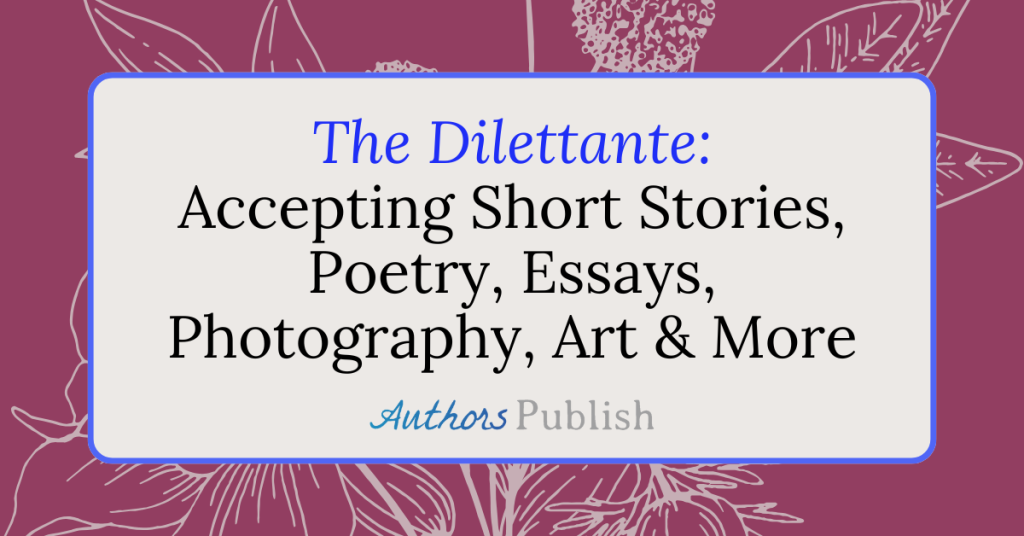Even though we had a terrific public library close to where I grew up in Manhattan, I’ve been haunting bookstores since I had enough allowance to buy my own paperbacks. When I loved a book, I needed to have it there on my bookshelves 24/7. And in my many years of travel at home or abroad, I’ve always wandered into bookstores as eagerly as I’ve visited museums, famous cathedrals, castles and other historic sites. Maya Angelou said “There is no greater agony than bearing an untold story inside you.” All those books called to me with unread stories.
I fell in love with storytelling in elementary school, not caring about genre, just longing to be swept away into another world, whether it was Oz or the France of the Three Musketeers. But bookstores are not my favorite place to do book readings, and haven’t been for a long time now. Many of them are over-scheduled, can’t do enough publicity, are too noisy and uncongenial, or they’ve “over-fished” their audience.
I started looking for different venues soon after some dismal turnout at bookstores, and found real success. My Jewish-themed work has led me to speak and read at synagogues, Jewish student centers, at colleges and universities, and Jewish book fairs. The audiences have always been reliable for turnout and for sales. My publishers didn’t make this happen by themselves–it was my efforts that got me out there. And I started before everything was made easier by email.
I’ve done the most promotional work of any of my twenty-five books for a memoir about growing up the son of Holocaust survivors and traveling to Germany: My Germany. I contacted Jewish Studies and German Studies programs at universities around the country and in Canada. I also got in touch with German-American cultural institutions, in addition to the types of venues mentioned above.
Over four to five years, I earned much more money in speaker’s fees than I’d ever received as an advance for any of my books. The more readings I did, the more I honed my craft, and the better I could speak about the memoir and read from it.
Now, it was time-consuming to tailor each email to the individual I was contacting, but worth it. I generated somewhere between fifty to sixty talks and readings in the U.S., Canada, and best of all, Germany. That was an example of synchronicity. Speaking at the Goethe-Institute in Washington, D.C., I was really stoked because the hall was standing room only and I got a mouth-watering introduction from the host. I gave one of my best readings ever because I felt so energized.
Someone in the audience was headed for a post at the American Embassy in Berlin and she helped get the ball rolling for not just one, but two different book tours hitting cities all across Germany. Those were some of the best experiences of my life, and even the few bookstores there tended to be more crowded than the ones I had previously hit in the U.S. They also served attendees sparkling wine.
I flourished with that book by carefully identifying organizations, individuals, and groups which might be interested. Anyone can do the same thing I did. A friend found great success with his self-published memoir about his father being a POW in W.W. II by asking who might want to read his book. The answer was very clear: veterans. So he reached out to as many veteran’s groups as he could and by the end of his first year had sold 10,000 copies of the book.
The traditional image of an author reading is doing it in a bookstore. But it’s important for writers to think outside the box, whether you’re indie or legacy published. Ask yourself who the target audiences are for your book and how can you best reach them directly. When you find the right contact person, be personal and personable. Offer to send a copy of the book if they’d like one. You can be your own publicist and do a great job because after all, nobody knows your book better than you do.
Lev Raphael is the author of twenty-five books in genres from memoir to mystery and teaches creative writing workshops online at writewithoutborders.com.






